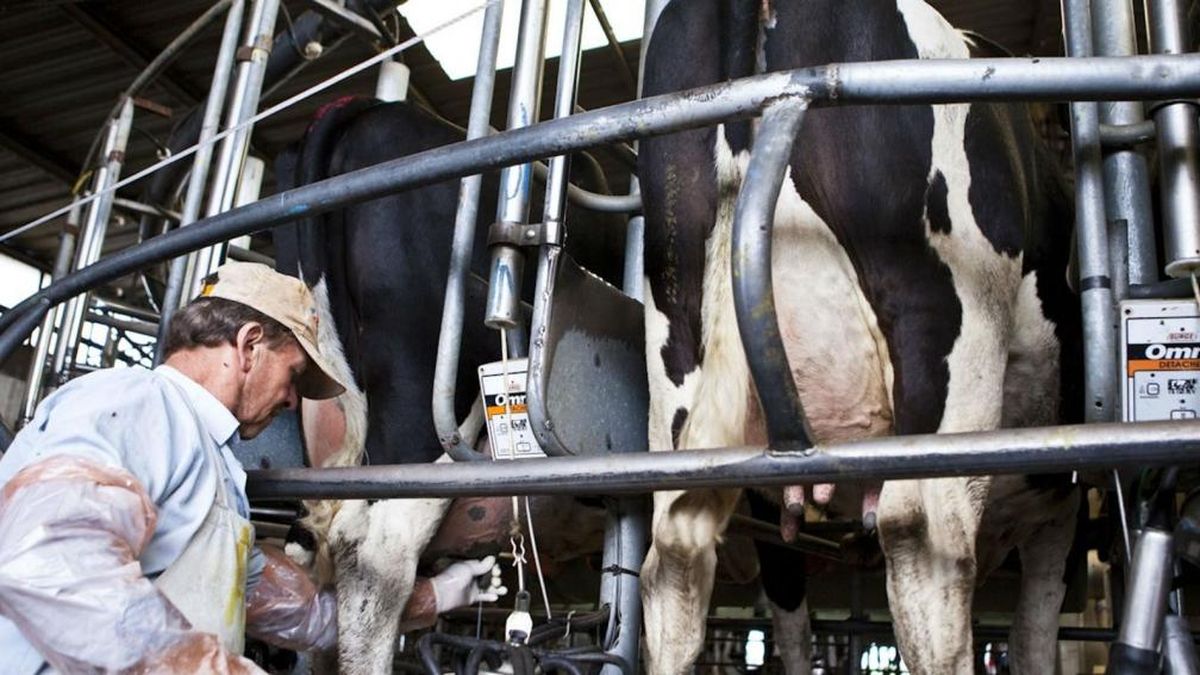For example, In the poultry sector, high production costsmainly due to the increase in corn for animal feed, they cut profitability to companies while consumption grows but that do not validate a rise in prices. Chicken became the great substitute for meat at the Argentine table and today its consumption is practically equal to that of beef, a phenomenon that occurred due to a single factor, which is the much lower prices of meat. white.
Meanwhile, in the sector of peanut, low international prices and high stocks generate a bearish scenario for this crop at the start of the new campaign. In that of wine and must, as detailed by Coninagro, lower production stands out, in a context of falling sales and higher production costs. The chain is concerned about how far the consumer will be able to validate a possible rise in prices on the shelves.
Another key regional economy is the dairy and this one also shows signs of crisis to take into account. Specifically, the dairy sector was affected in January by thermal stress and in March by rain. Among other factors, this precipitated a decrease in sales per liter and this drop is partly offset by sales in the proximity segment (groceries and self-services), with informal sales.
With regard to consumption in the domestic market, as explained by the sector, a primarization is evident. In other words, there is more demand for basic products (milk in cartons, cream cheese, bar and drinkable yogurt) and less for value-added products (yogurts in pots, flavored milks, desserts, flans, spreadable cheeses, hard cheeses, etc.).
Regarding exports, the estimate for 2022 indicates that 24% of total production would be destined for the foreign market, something similar to 2021.
In this regard, Javier de La Peña, a referent of the Coninagro Dairy Forum explained: “The problems with regard to milk production are in the first order the high costs of inputs and the poor quality of food for the cows this year, since that the first corns were not of good quality due to the dry season. As a positive factor is that it continues to be marketed and there is interest from the industry that continues to demand milk, these sectors demand more milk as well as the international markets that continue to be relatively firm, in this case the problem we have is that the official dollar is unhooked with the blue dollar, which is what we ended up going by.”
Source: Ambito
David William is a talented author who has made a name for himself in the world of writing. He is a professional author who writes on a wide range of topics, from general interest to opinion news. David is currently working as a writer at 24 hours worlds where he brings his unique perspective and in-depth research to his articles, making them both informative and engaging.




